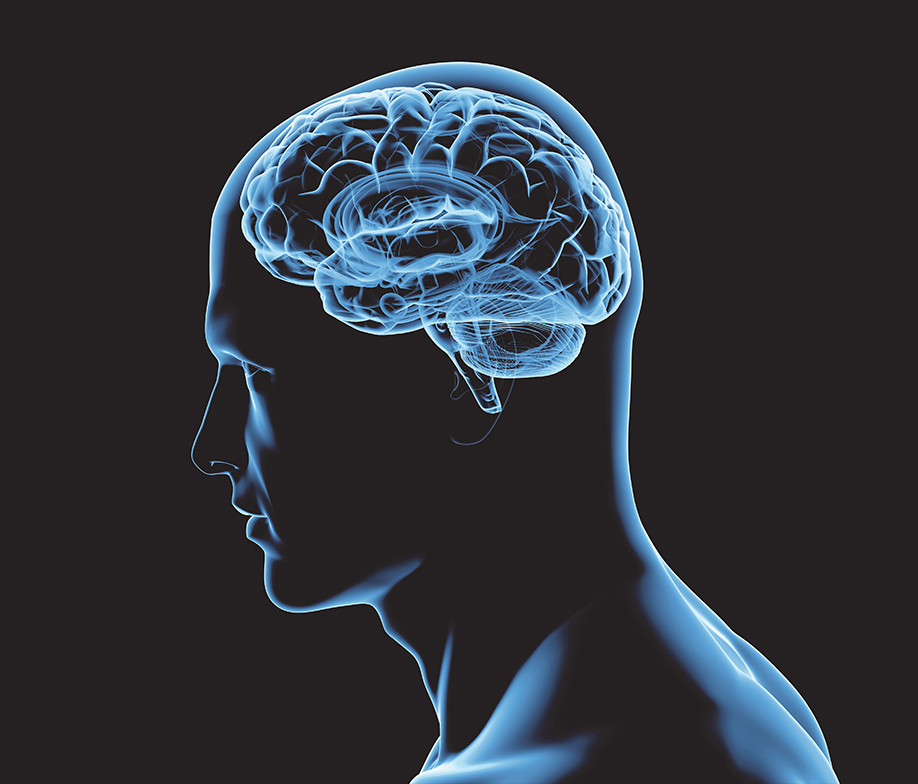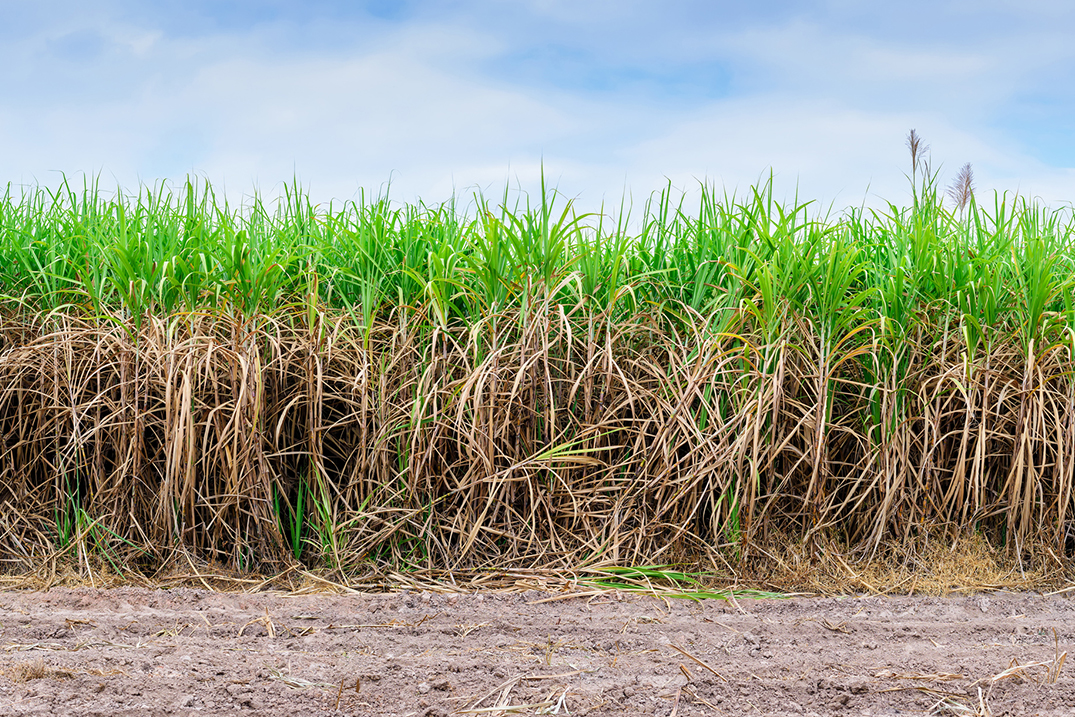All rights reserved © 2019 CSTB
A TALK WITH
Séverine KIRCHNER, Director, Health & Comfort
The health and wellbeing of users are essential requirements in construction and development projects. The multidisciplinary expertise of the CSTB meets these challenges, in the form of building science, environmental science, but also—and importantly—social science.

PROJECTS

PULSE for sensory analysis
OSMOZ,
WITH OSMOZ BY CERTIVÉA, ICADE
ENSURES THE QUALITY OF LIFE OF ITS EMPLOYEES

CLOSE-UP WITH
JEAN-PHILIPPE GENTIL, ICADE

PULSE for sensory analysis

Building on its R&D on the taste and smell of drinking water, the Pulse Laboratory makes use of innovative methods developed by the CSTB for the sensory analysis of products and ambient conditions, with the aim of contributing to improving the well-being of users. Pulse is a patented innovation that provides objective and multicriteria assessment based on the unconscious responses of users.
It has been adopted by stakeholders for numerous scopes of application: local governments for the taste of water, cosmetic manufacturers to test the effects of skin creams, and automotive OEMs for comfort in vehicle interiors.
Emotions at the heart of the customer experience
Pulse assesses conscious and unconscious responses to sensory qualities—taste, smell, touch, sound, look, temperature—of products and ambient conditions. In addition to the conscious responses of users obtained from declarative, descriptive and hedonic tests, Pulse analyzes unconscious reactions through physiological measurements (heart rate, galvanic skin response, skin microcirculation, skin temperature and other factors).
Research showed that the physiological responses to a product were constant over time. Like a lie detector, the response of an individual to a product is so reliable and reproducible that the human body becomes a highly accurate calibrated sensor. This innovative approach makes it possible to objectively describe the perceived quality of a product.
Initially developed to assess the quality and taste of water, the Pulse method is flexible and suited to many sectors, including buildings/urban development, transportation, accommodations, cosmetics, wellness and health. A truly successful technology transfer!
A trusted method approved by Clarins, the French luxury cosmetics company
As part of a research and development partnership, Clarins partnered with the CSTB to test the Pulse method on several cosmetic products. Started in 2017, for a two-year period, the study demonstrated the complementarity of biophysical and physiological measurements. The CSTB started by developing a test protocol in collaboration with Clarins to define a rating scale for a comprehensive evaluation of the products. The reliability and accuracy of the results obtained by constructing a Physiological Response Sensory Space (PRSS), compared with conventional declarative sensory methods, motivated Clarins to continue its research on new formulations with Pulse Laboratory.
In 2018, this innovative method was applied in experiments testing several formulation options. The study focused on the reproducibility of the method, the seasonality factor and the differentiation made possible by this innovative approach.
Collaboration will continue in 2019 to further develop the methods and applications.
Find out more :
• Pulse offering from the CSTB
With OsmoZ by Certivéa, Icade ensures the quality of life of its employees

Human capital is increasingly valued in organizations. To rise above the competition, companies need committed, motivated, creative employees who know how to work in a team. This is why the quality of life at work is now a central goal for companies.
Launched by Certivéa in 2018, OsmoZ is an evaluation process to support companies seeking continuous improvement to foster a higher quality of life in the workplace.
This is a cross-cutting approach to wellbeing in the workplace, studying the intrinsic qualities of the building, its interior design and the company’s human resources policies. Furthermore, as the workplace is shared by everyone in a company, OsmoZ involves all of stakeholders so that a harmonious, coherent project can be developed.
This process can be adapted to any company, regardless of its size - from VSEs to major corporations - and it also adapts to the type of project and its maturity. It can be applied to the workplaces of all types of organizations (companies, associations, government agencies, etc.).
The OsmoZ accreditation addresses 6 societal challenges in connection with the health and wellbeing of employees and the performance of organizations: Environmental Health, Healthy Lifestyle, Work-Life Balance, Communication and Social Connections, Functions and Collaboration.
Icade applied the OsmoZ approach to its new headquarters.
In 2016, Icade completely renovated the Open building, where its new headquarters have been located since September 2017, applying the HQE Rénovation certification.
Built in 1999, this office building was chosen as a pilot project to test the OsmoZ certification, because Icade’s objective was to create an innovative, connected headquarters that would be an efficient tool for the development and wellbeing of its employees.
The goal was for the headquarters to be open, transversal and geared for collaboration. It has 9 levels above the ground floor and 5 underground levels for parking and technical areas, such as kitchen annexes, changing rooms and technical facilities.
New ways of working, comfort, accessibility and the quality of the environment were key criteria leading to this choice.
Icade was assisted in this project by Colliers for the design of genuinely dynamic offices.
Find out more :
Close-up with Jean-Christophe Gentil, Icade, Property Management Director
« The ‘Open’ office building in Issy-les-Moulineaux, built in 1999, was renovated in 2016 with the HQE™ Rénovation certification. This represented an opportunity for Icade to move into a building that would be an exemplary, high quality workplace for the occupants.
So when Certivéa suggested that we be one of the pilot projects for the development of the new OsmoZ accreditation, we thought it was a great idea, in line with our objectives.
In the first year, the goal was to highlight the actions put in place for ‘Open’ concerning the OsmoZ accreditation in the three suggested areas: the building, the interior design and the HR leadership. Next, we decided to set up a continuous improvement cycle over a two-year period, based on the OsmoZ requirements.
Certivéa is successful and unique in particular due to the inclusion of human resources in the approach. Usually, human resources are left out of the accreditation process. This approach was very different from the other certifications that we’ve used in other projects.
Extensive surveys, conducted on a regular basis, reflect our employees’ satisfaction with the quality of life in the building.
A lot of tenant clients come visit this demonstration building. They leave with plenty of ideas, and, of course, the work of OsmoZ with Certivéa comes up with them during their visits. »
Use of plant resources in overseas territories as thermal insulation materials

Under the PACTE program (French plan of action for construction quality and energy transition), the ISOBIODOM project is developing an industry for the production of insulation materials from plant fibers found on Réunion Island.
This collaborative project involving the Center for Innovation and Research on Tropical Construction Materials (CIRBAT)—a local stakeholder—and the French Technology Institute for Forestry, Cellulose, Wood Construction and Furniture (FCBA) is promoting the local development of the construction product industry by selecting natural, high-performance and locally available materials.
The study has characterized local plant resources regarding their thermal performance as well as their behavior and resistance to fungal infestations and termites.
To ensure quality, it is necessary to develop industry standards for both the production phase and the tailored implementation of these types of products.
The results of this study were used to develop a design and usage guide to support industrial companies that want to produce this type of material and professionals who install insulation materials during construction or renovation. This technical support will enable the development of a local industry as an alternative to the use of imported products.
Find out more :
• Official website of the PACTE Program

Light pollution: the CSTB assisting public authorities

Until 2018, light pollution was a nonissue in France. Controlling this phenomenon could produce a consensus and gain backing because it involves major challenges that affect other critical issues being addressed by policymakers, such as energy conservation and protection of biodiversity.
Light pollution causes sleep disorders, contributes to accidents, disrupts the life cycles of animals and plants, and creates barriers to biodiversity. We have long known about its impacts on human health, ecosystems and biodiversity. Many international studies have demonstrated and measured them.
In 2014, a report issued by the French General Council for the Environment and Sustainable Development (CGEDD) catalogued the effects of light pollution and the regulations in the leading countries that have legislated on the issue.
In 2018, France joined these leaders by publishing, in collaboration with stakeholders, the regulatory framework to gradually reduce light pollution across the country.
The CSTB assisted the General Directorate for the Prevention of Risks (DGPR) in drafting the law, serving as senior science and technology advisor on the challenges of light pollution. The issue concerns all categories of lighting that emits light into the environment at night.
Ambitious and progressive, the new framework will bring about far-reaching changes in the practices of stakeholders in urban outdoor lighting starting on January 1, 2021.
The CSTB is using its expertise in assessing the environmental and health impacts of physical phenomena, including lighting, to guide public and private stakeholders in optimizing their technical solutions.
Find out more :
• CSTB training courses: Developments in the regulation of light pollution






